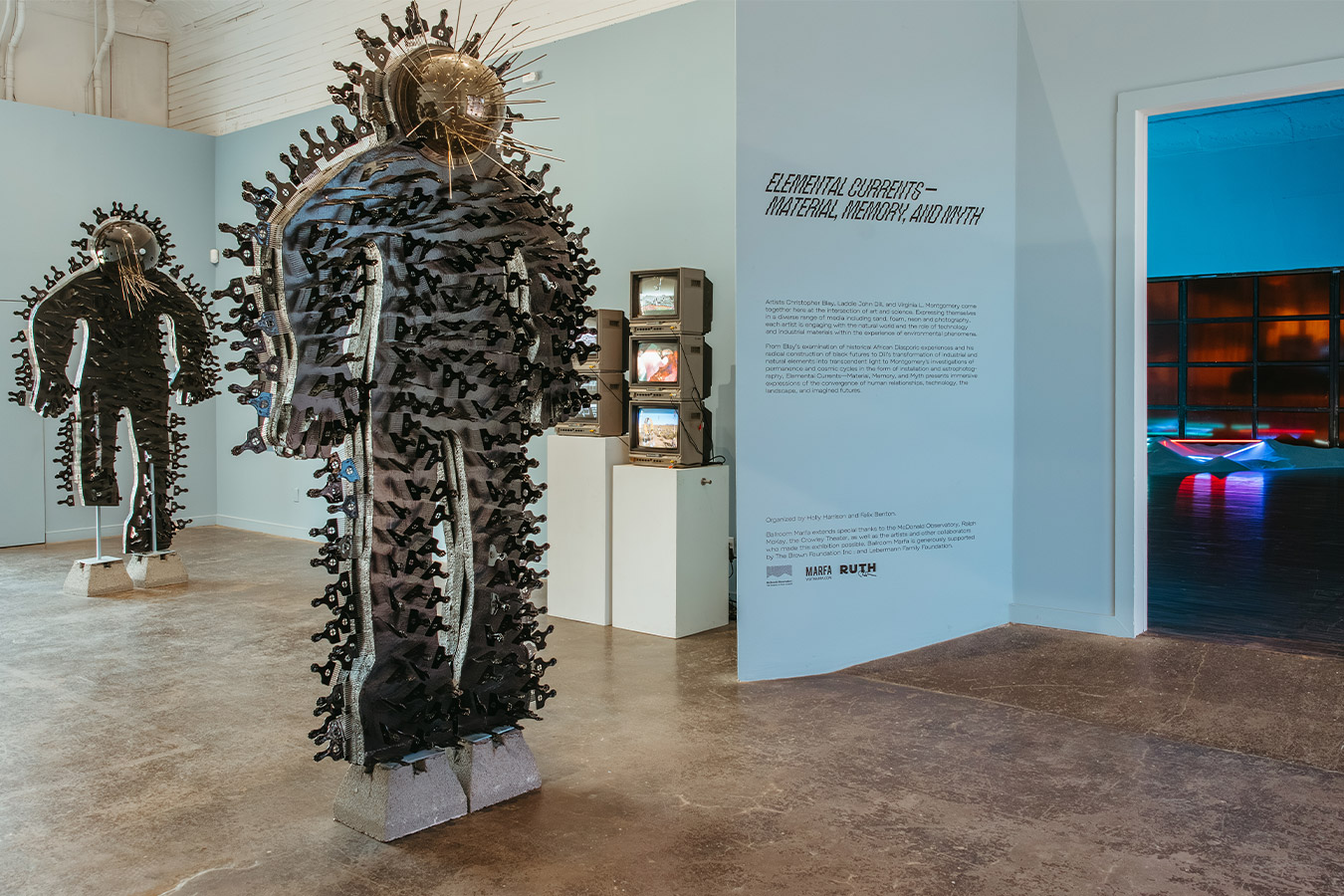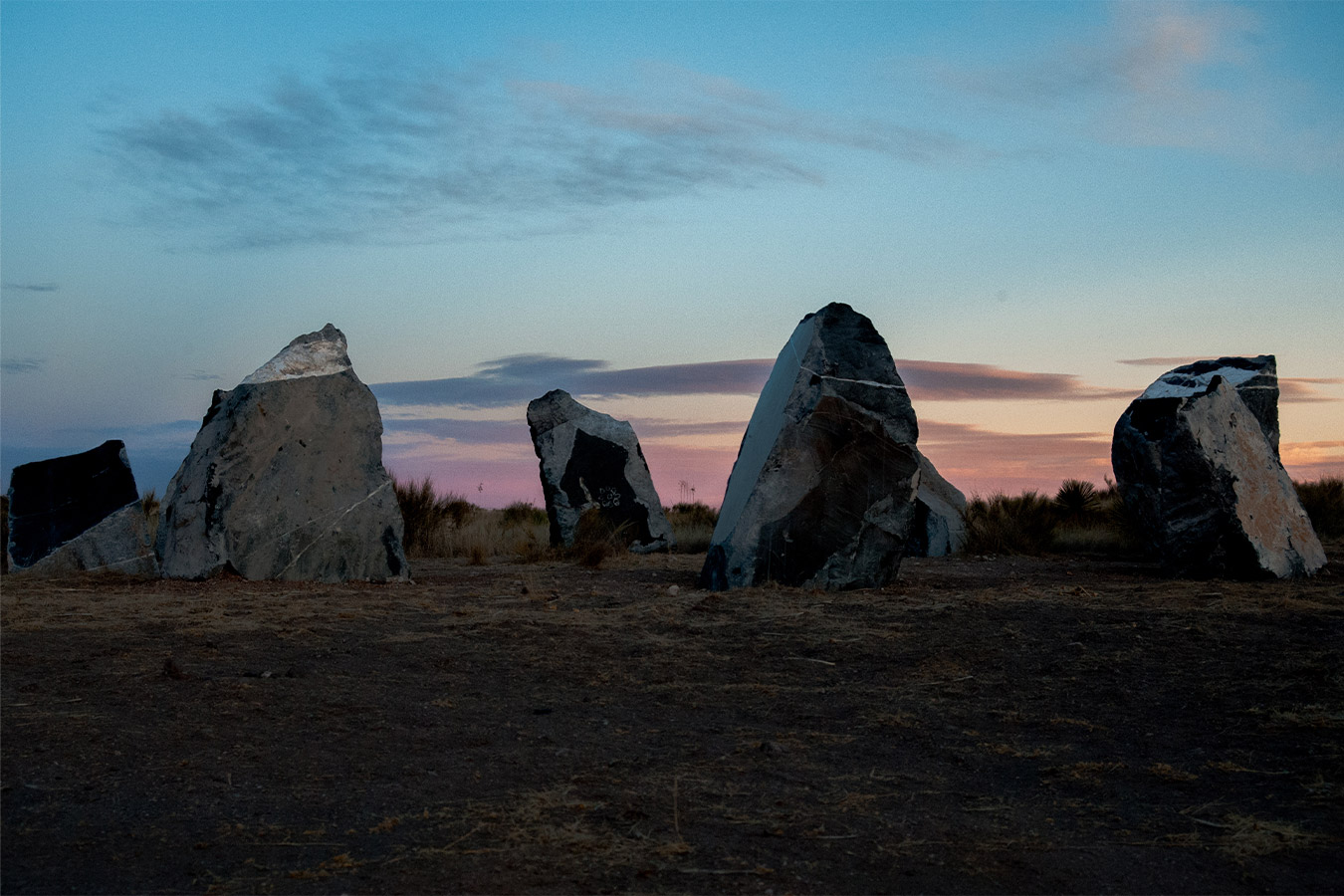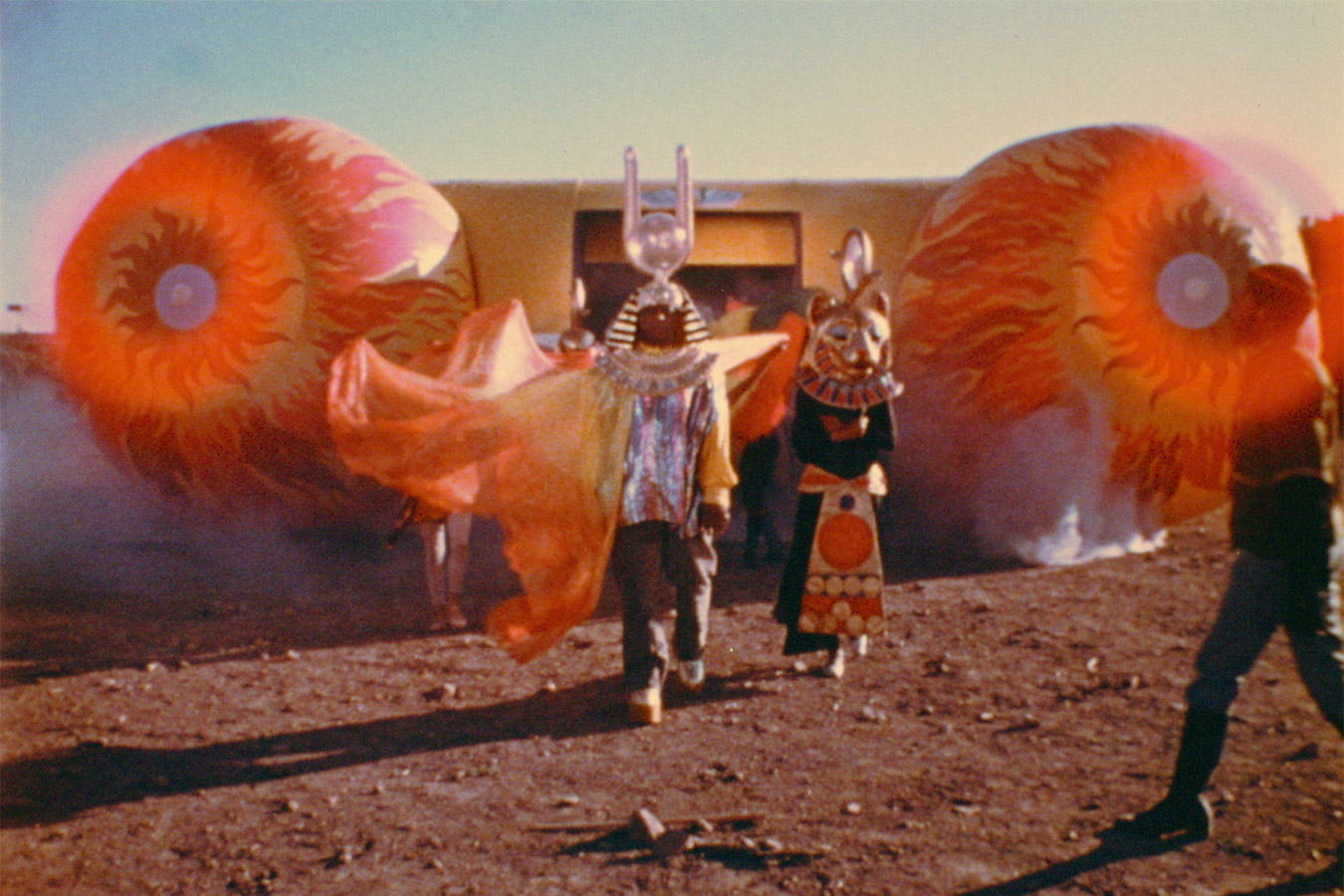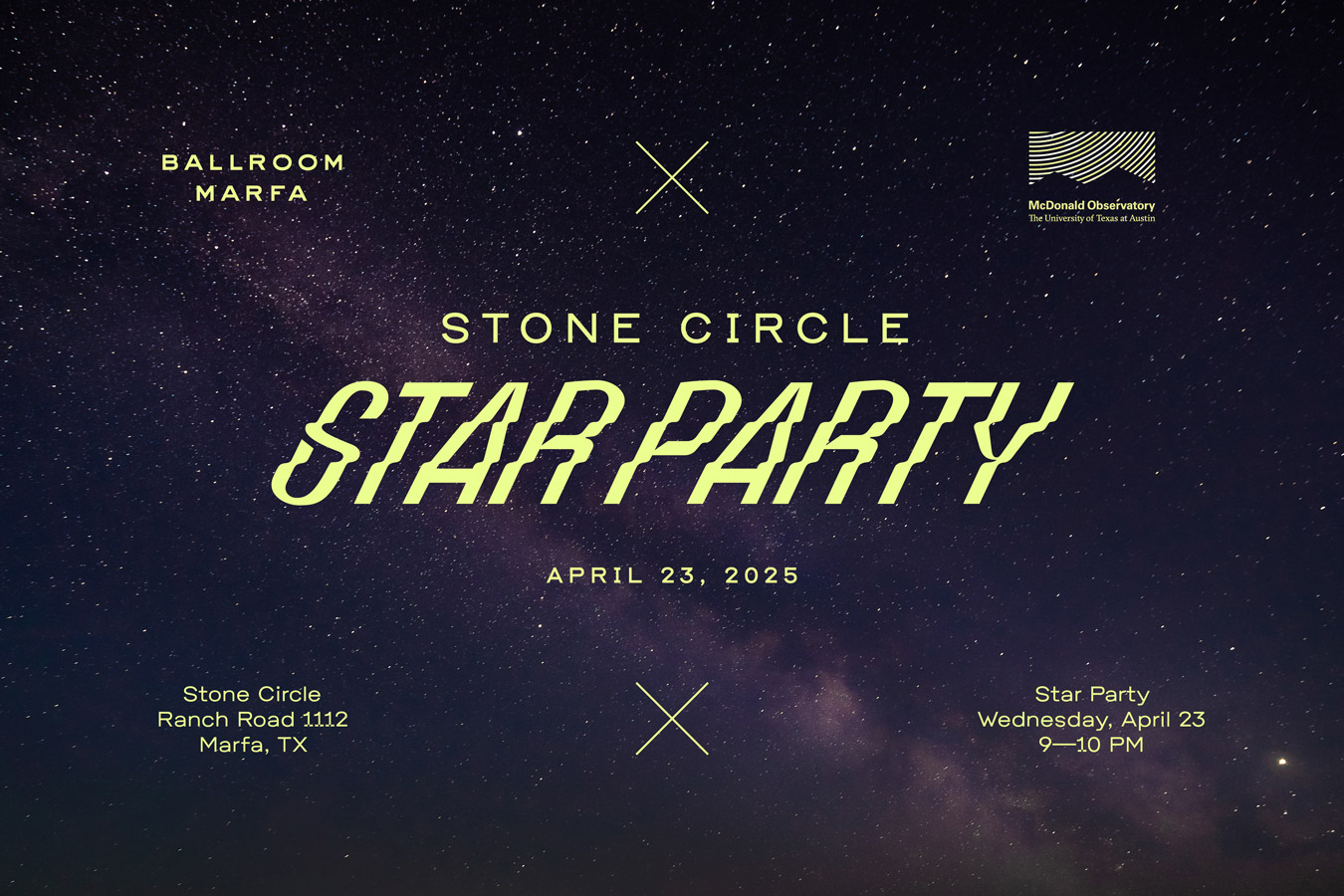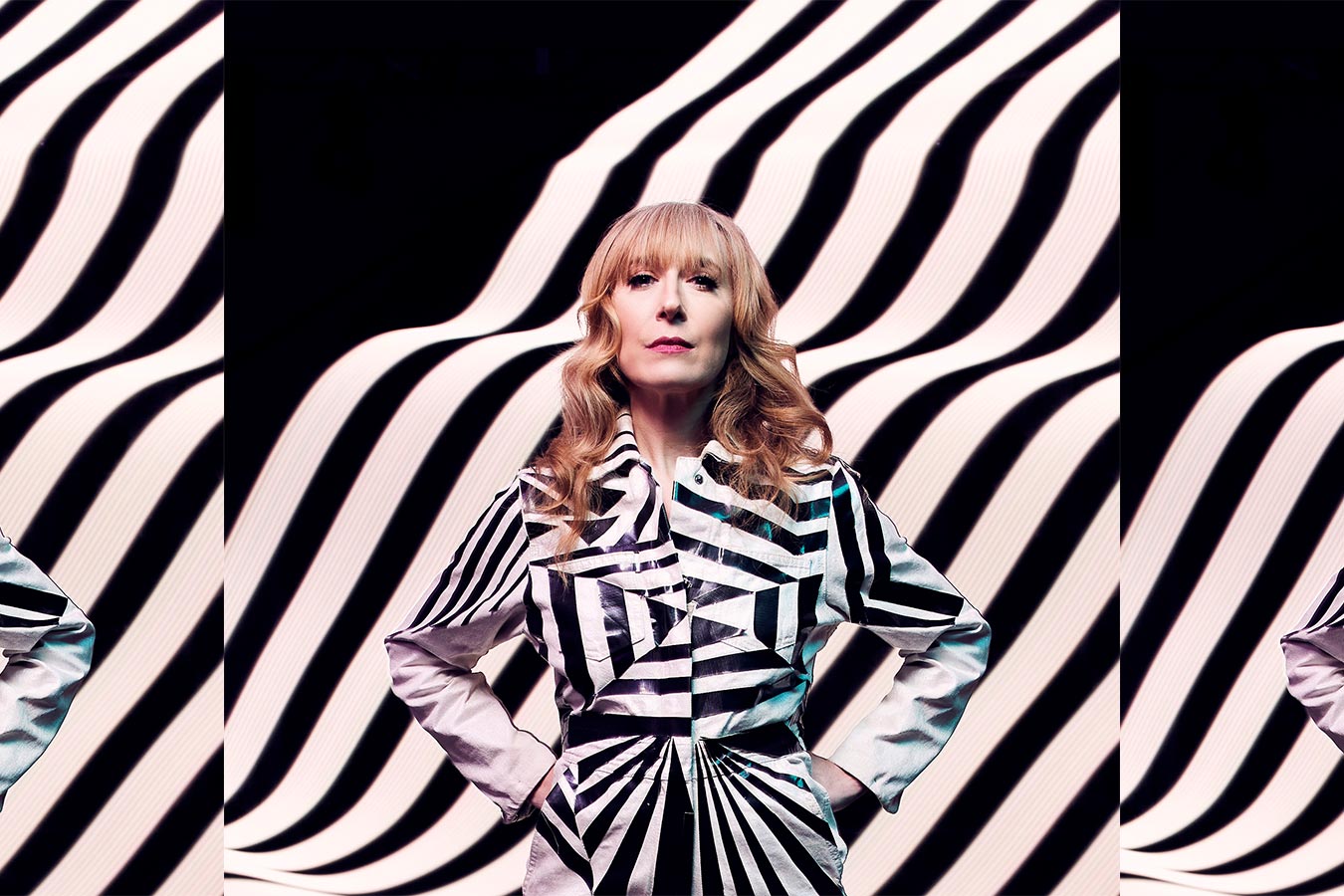Ballroom Marfa
- 12 Apr
- 11:00 am – 6:00 pm
- Admission
- Free

- This event has passed.
No Soul for Sale at the Tate Modern
14 May 2010 – 16 May 2010
Free
Exhibition
Erika Blumenfeld at the Tate Modern
Ballroom Marfa participated in the second iteration of No Soul for Sale, A Festival of Independents, a program hosted by the Tate Modern, London as part of the museum’s 10th anniversary celebrations.
The festival brought together over seventy of the most exciting and innovative independent art spaces, non-profit organizations, and artists’ collectives from around the world to take over the Tate’s iconic Turbine Hall from May 14-16, 2009. Under the direction of artist Maurizio Cattelan and curators Cecilia Alemani and Massimiliano Gioni, festival participants exhibited side by side without partitions or walls, creating a pop-up village of global art for visitors to explore. International participants contributed an eclectic mix of cutting-edge installations, music, performance, and film, presented in an unconventional, DIY style.
Ballroom presented the work of Erika Blumenfeld at No Soul for Sale London. Blumenfeld was Ballroom’s first artist-in-residence in 2004. At the fair Ballroom hosted an artist talk with Blumenfeld, who spoke on the evolution of her practice working directly with light-sensitive material, and her experience documenting polar environments for her project, The Polar Project.
Ballroom was honored to be showcased within an inspiring network of art organizations that share unique visions and creative strategies for making art accessible.
